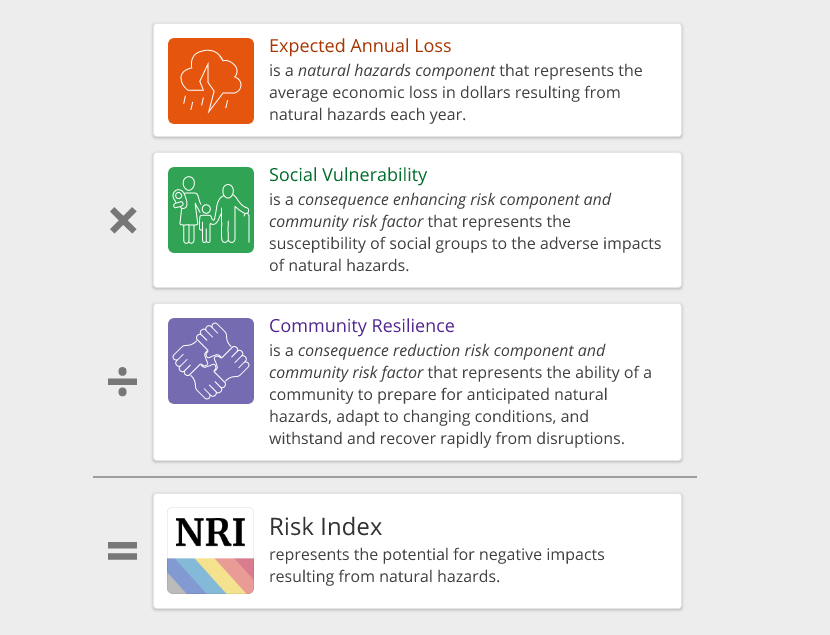DENVER (KDVR) — As millions begin to slowly pick up the pieces in the aftermath of Hurricane Ian in Florida, how safe is Denver when it comes to being at risk of natural disasters?
While Denver is safe from hurricanes and tsunamis, the county is vulnerable to its own share of natural disasters.
According to the Federal Emergency Management Agency, each county in the country is ranked on its Risk Index. FEMA’s National Risk Index identifies communities at risk of 18 natural hazards.
The 18 natural hazards are:
- Avalanche
- Coastal Flooding
- Cold wave
- Drought
- Earthquake
- Hail
- Heatwave
- Hurricane
- Ice storm
- landslide
- Lightning
- Riverine flooding
- Strong wind
- Tornado
- Tsunami
- Volcanic activity
- Wildfire
- Winter weather
FEMA then uses the following equation to calculate the Risk Index for the specific county: expected annual loss multiplied by social vulnerability and divided by community resilience, and that equals the risk index.
Using FEMA’s calculations, Denver County’s Risk Index rating is relatively high with a score of 24.21.
Are you surprised by this rating? Take a look at Denver County’s risk ratings for each hazard type.
According to FEMA, the county has a very high rating for hail and tornados, a relatively high rating for a cold wave and lightning, and a relatively moderate ranking for winter weather.
Due to Denver’s susceptibility to natural hazards and the impact it would have on the population, FEMA calculates that Denver County has the highest risk index in all of Colorado.
Zooming out on the national scale, Denver still sits at the top. FEMA says that 95.8% of U.S. counties have a lower Risk Index than Denver County. Now compared to Lee County in Florida where Hurricane Ian battered that community, Denver is still considered safer than the coastal community. Lee County has a Risk Index score of 48.81.
To see how at risk your county is against natural hazards, visit FEMA’s interactive map.
FOX31 and our sister stations across the country will continue to monitor Hurricane Ian and other natural disasters as they occur.


